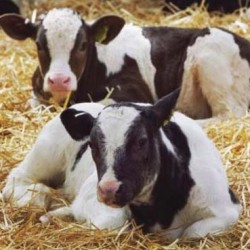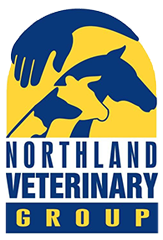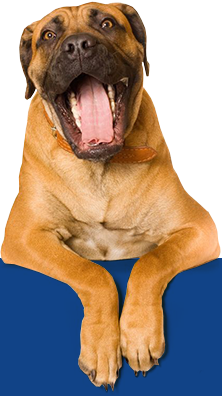Cows before and immediately after calving
I want to keep this conversation very simple! We have clients at all sorts of levels of management but here goes!
Your cows should be at condition score 5 and heifers at 5.5. The reasons are outlined below. Excuses don’t wash and the advice is proven!
So your cows are at CS 5, you now have to manage all the risks around calving and ensuring a smooth transition to milking.
Metabolic issues
Managed by Mag oxide dusting mostly for 2-4 weeks pre calving. Sorry, no money savings there. Just do it.
Also managed by diet with a bulky hay/ straw diet and maybe little maize (with no balancer containing Calcium), and pasture. We want our cows to be able to consume large amounts pre calving so that they are able to ingest large amounts of grass immediately post calving. Hay or straw also decreases the risk of metabolic problems at calving. Always continue mag oxide supplements post calving to prevent milk fevers.
Use transition drenches involving calcium immediately after calving. Starter Plus is one of the best priced. These help prevent milk fevers and help the cows intestinal muscles function well to optimize nutrient access from the food they eat. We know that ensuring enough calcium at calving improves conception rates as the egg that will be fertillised is selected about that time. That’s 3 good reasons. Phone one of our vets for more information.
Post calving cows need to eat as much grass as they can and also some supplement as they cannot eat physically enough grass to provide all their energy requirements. If fully grass fed then you only need about 1-2 kg /cow of supplement to balance this.
Mastitis
If you have teat sealed, well done! Early removal of calves and milking will help to minimize mastitis and ensure that you get Colostrum into calves in a timely manner. This is most important in wet weather.
Facial Eczema
Remember not all downer cows are Metabolic and after last season eczema has been causing problems already. See us for advice.
Demystifying non-cycling cows. You should be planning well before now however… New Zealand has several million Dairy Cows that are recorded along with their reproductive performance. This has made life easier to establish hard facts that link body condition, non-cycling performance, calving compaction and empty rates.
Feeding
I firmly believe that we are feeding our cows better than what we were 20 years ago. However genetics have improved and I believe that now we cannot manage on a pasture only diet post calving unless we are calving at a minimum of 5.5 CS. It would have to be exceptional pasture quality. There is just not enough energy in grass to provide cows with energy to minimise weight loss post calving, meet production potential and to minimise non cycling cows.
Grass is a great diet except in that month before peak production that also corresponds with reproduction.
So… Cows calving at a CS 4.5 and losing weight after calving, will increase non-cycling rates far in excess of 20% of the herd.
Spring 2015 was an exceptionally kind season. We have to assume that we will have a more normal one this year. Be prepared to supplement. It may well be a serious financial mistake not to.

